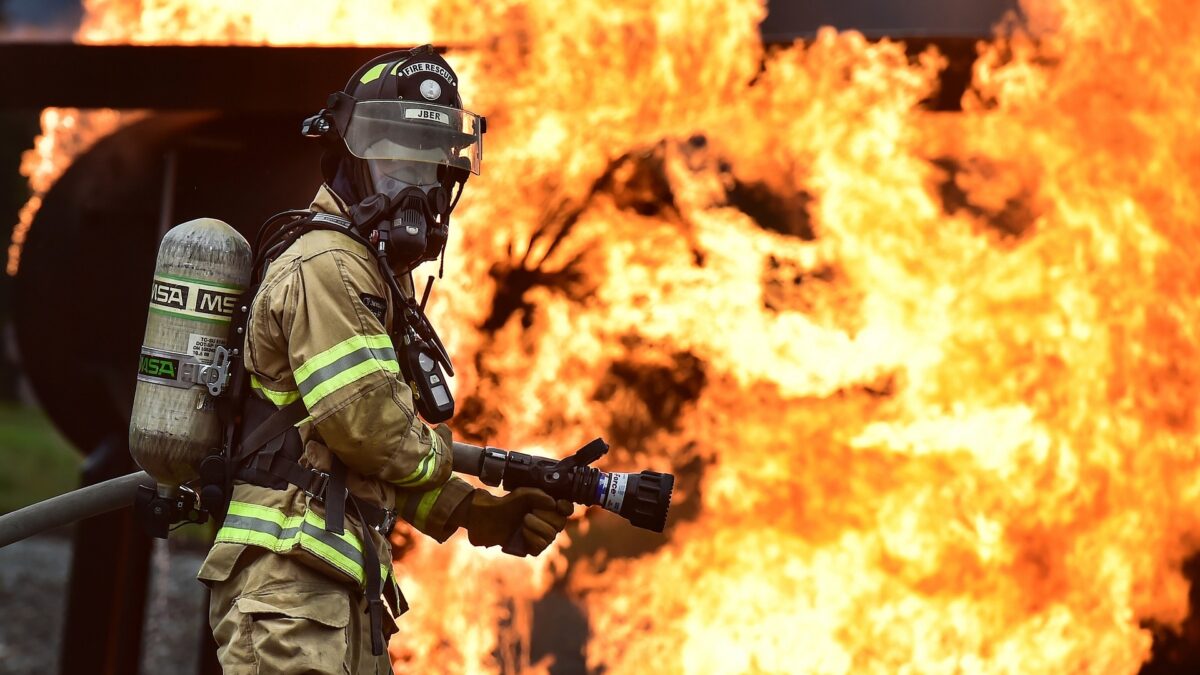
Tango & Safety: are they related?
18/01/2020
A call to (lay down) arms for Sustainability enthusiasts
06/03/2020A few days ago I published an article on the subject of safety in which I reflected on the Italian approach that seems to me to be crippled by a “formalist” drift, in which the desire to “cover one’s back” with certificates and papers predominates. This without accompanying the rightful procedures and health checks with a profound education to responsibility and awareness of risk and its management.
The basic thesis of the article was that safety is fundamentally a matter of culture, whereas the means, rules and devices should be the “practical” corollary to implement it consciously and with full responsibility.
The article sparked an active discussion on Linkedin and this led to a dialogue with an Italian colleague, Massimo Delia, general manager of an Australian company in the maritime services industry (Neptune Marine Services). It is a highly specialized sector where, due to working conditions, safety represents a daily and very demanding challenge.
I believe that this conversation deserves to be shared, in the belief that practical experience in the field is what makes theory and methods valid; therefore, with the consent of the distinguished colleague, I publish the essence of our exchange so that it can be a useful testimony to anyone interested who wants to promote active and responsible safety in the workplace, and beyond.
From our dialogue I first learned that a certain tendency to hide behind the “piece of paper”, perhaps in an Anglo-Saxon style, could be even stronger in Australia than in our reviled country. Then came the request from the colleague of suggestions for an upcoming safety training workshop he was leading with a crew leaving for a submarine inspection mission. With all the humility given by the awareness of not knowing the industry and full respect for the specific competence of both the colleague and the professionals he was going to train, I didn’t shy away from the request and thus I replied:
“My approach is not as a safety specialist, but rather from the point of view of sustainability – of which safety, health and the environment are essential components – and of leadership, also seen as self-leadership.
I believe that a fundamental “trick” to obtain desirable behaviors, in safety as well as in other fields, is to motivate people to find personal and collective advantage in taking responsibility for their actions.
This implies making them grow, awakening in them the anthropologically rooted spirit of belonging to a team. Perhaps, if there were still some “authentic” Aboriginal people around, they would be good leadership coaches, for their innate ability to take responsibility for themselves and their community.
However, I believe that this tells us that one of the fundamental problems of safety is the widespread hierarchical model of organization modeled on the military, in which people are considered immature and treated as such. As a result, they behave as if they were really immature and, once “commanded”, turn off the brain switch and, sooner or later, they make mistakes.
If I had to give advice, therefore, I would suggest to invest in people’s empowerment based on an evident advantage, cultivating a healthy trust in people and in their ability to take responsibility for their safety and that of their colleagues”
The following day, reading an article on HBR, it occurred to me to send to my colleague an article about “The Art of Feedback” in which, in addition to some general considerations on the tool, I suggested a very effective method learned and experimented many times in different contexts. This is the link: https://federicofioretto.biz/en/the-art-of-feedback-the-art-of-leadership
So far, our remote conversation had been a civil and pleasant exchange between colleagues who believe in the usefulness of Linkedin.
However, receiving the following message a few days after: “Bull’s Eye hit! I also inserted hints taken from your suggestions, have a good Sunday!”, made me reflect on some points.
- First, a very important and “worldwide” confirmation of how important the cultural factor is in health and safety. As testified by my colleague, who himself says that he has gone through a journey of understanding and awakening to the culture of safety that has taken him beyond the idea of simply adhering to rules imposed from the outside.
- Second, how the sharing of experiences is very important also from the point of view of the motivation and the emotions that they elicited. When we talk about ourselves, how we lived through an episode, it is then that we have the power to motivate the listener: we talk about real-life, about something in which the other can identify himself and not simply what is written in a paragraph of a standard.
- Third, perhaps the most important: we are all “Homo Sapiens” at any latitude. Therefore the anthropological reflection that inevitably leads to respect for the person, to the enhancement of his/her skills and abilities, to treat him/her as a sentient being and not just a thinking one (sometimes not even that), is the true and healthy basis of any performance. Whether it is safety, productivity, innovation, it is only when we show our trust in people in a tangible, concrete and sincere way that they engage to give the best of themselves, for themselves and for the common benefit.
- The fourth, which for me logically descends from the previous ones, is that sustainability and safety show an interdependence that supports me, with ever more conviction, in my commitment with HSE professionals to make them the protagonists of a new season: the era of Embedded Sustainability at every level, in every process, in every organization, in every industry.

